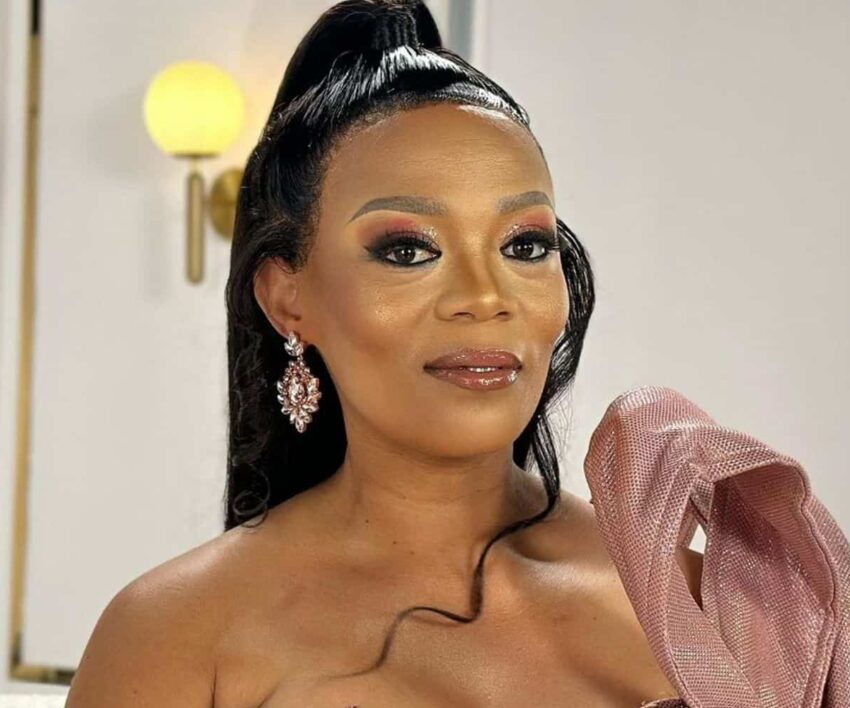
That Tiny Detail Everyone Notices
We all love a good transformation. Whether it’s a celeb flaunting her post-baby glow or an influencer revealing a body sculpting journey, social media feeds are packed with jaw-dropping before-and-afters. Flat tummies, contoured waists, and curves that scream confidence dominate the scroll.
Yet no matter how perfect the results, one detail never fails to grab attention: the belly button. It might seem small, but in cosmetic surgery, it can make or break a tummy tuck.
Why the Navel Matters More Than You Think
Tummy tucks—or abdominoplasties—are among the most popular cosmetic procedures globally. In South Africa alone, the International Society of Aesthetic Plastic Surgery (ISAPS) reports that over 1,800 were performed in 2023. These surgeries reshape the stomach by removing excess skin, tightening muscles, and creating a smoother silhouette.
But the belly button, tiny as it is, is the anchor that makes the results look natural. “Patients today are looking for subtle, natural results. The belly button, though small, completes the story of the abdomen,” says Professor Chrysis Sofianos, a leading South African plastic surgeon.
Reality TV star Nozipho Ntshangase recently showcased her post-surgery transformation online. What caught fans’ eyes wasn’t just her flat stomach—it was her impeccably reconstructed innie, crafted by Sofianos. The navel blended seamlessly into her sleek silhouette, demonstrating how a well-done belly button elevates the entire result.
The High Stakes of Belly Button Placement
Getting the navel right is not just about aesthetics. A poorly positioned or shaped belly button can signal a botched tummy tuck and even lead to serious complications:
-
Tissue necrosis: Disruption of blood flow can cause tissue death, requiring reconstructive surgery.
-
Umbilical hernias: Weak abdominal walls can result in painful bulges.
-
Visible scarring: Misplaced or puckered navels can leave scars that are difficult to hide.
-
Core issues: Incorrect technique may affect core muscle function, causing posture problems or back pain.
“Even a millimeter off can change the entire outcome,” Sofianos warns. Creating a natural-looking belly button is one of the most technically demanding aspects of a tummy tuck. Surgeons must preserve blood flow, carefully reposition the navel, and hide scars within its folds.
Spotting a Tummy Tuck Gone Wrong
Common red flags include:
-
Uneven contours: A bumpy or asymmetrical abdomen indicates potential issues.
-
Odd navel placement: Too high, too low, or lopsided is a clear warning.
-
Visible scars: The scar should sit low enough to remain hidden under underwear or swimwear.
Revision tummy tucks are an option for those looking to correct previous mistakes and restore confidence.
Choosing the Right Tummy Tuck for You
There isn’t a one-size-fits-all approach. Surgeons may recommend:
-
Full tummy tuck with muscle repair: Tightens both skin and abdominal muscles.
-
Mini tummy tuck: Focuses on the lower abdomen, often avoiding the navel entirely.
-
Extended tummy tuck: Includes the flanks for larger contouring.
-
Revision tummy tuck: Fixes issues from earlier procedures.
Professor Sofianos sums it up perfectly: “The devil is in the details, and the belly button is the ultimate detail.”
Next time you scroll through body transformations on Instagram or TikTok, take a closer look at the belly button. It may be small, but it’s the silent hero of a tummy tuck, a tiny detail with the power to transform results from good to flawless.
Source: IOL
Featured Image: The Citizen




